During NVIDIA’s unveiling of their next-generation GTX 1080 and GTX 1070 graphics cards, they’d mentioned two price points for each card; the base MSRP and a $100 premium for what they dubbed the “Founder’s Edition.’ initially, what this meant was a little confusing. Is the Founder’s Edition higher binned? is NVIDIA offering two reference models of their flagship GPU? – Well, no, thanks to some additional reporting since the original unveil, it turns out the answer is much more simple than that.
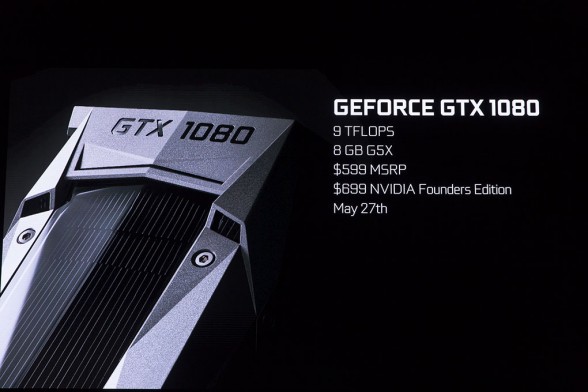 The ‘Founder’s Edition’ is simply NVIDIA’s new name for their own reference designed cards. It is the one and only reference design available from NVIDIA, and there will not be a cheaper ‘Non-Founder’s Edition’ available from NVIDIA.
The ‘Founder’s Edition’ is simply NVIDIA’s new name for their own reference designed cards. It is the one and only reference design available from NVIDIA, and there will not be a cheaper ‘Non-Founder’s Edition’ available from NVIDIA.- The MSRP of $599 (GTX 1080) and $379 (GTX 1070) are the starting prices for aftermarket (non-reference) designs from AIBs such as EVGA, MSI ASUS, etc. These cards will be available shortly after the initial launch of the GTX 1080 on May 27th.
- The Founder’s Edition does not feature higher overclocking potential or any special binning process. It is also not factory overclocked.
- The Founder’s Edition is not a limited edition as the name suggests, the models will be available for the entirety of the generation’s life-cycle.
- The Founder’s Edition will be priced at $699 (GTX 1080 FE) and $449 (GTX 1070 FE).
So, why is NVIDIA charging such a premium for its newly designed reference model cooler? Well, for one, the cooler is made from heavier, more expensive materials than the plastic shroud typically found on non-reference models. However, that has been true for a few generations now, but this is the first we’re seeing a price hike for it. I think that can be explained by NVIDIA not wanting to compete directly with its AIBs. By offering a higher priced model, this gives the AIBs some breathing room by allowing them to market their cards cheaper than NVIDIA’s own offerings. It also provides a sort of baseline pricing for higher-end cards like EVGA’s Hybrid or MSI’s Seahawk, which are water-cooled and have been priced well above the MSRP. If users are already used to seeing a more expensive price for premium models from NVIDIA, then they may warm up to the more expensive premium models from the AIBs easier.
It also provides a sort of baseline pricing for higher-end cards like EVGA’s Hybrid or MSI’s Seahawk, which are water-cooled and have been priced well above the MSRP. If users are already used to seeing a more expensive price for premium models from NVIDIA, then they may warm up to the more expensive premium models from the AIBs much easier. Either way, we can imagine most consumers are going to be looking at the cheaper, non-reference models which should be available in a large variety of options.

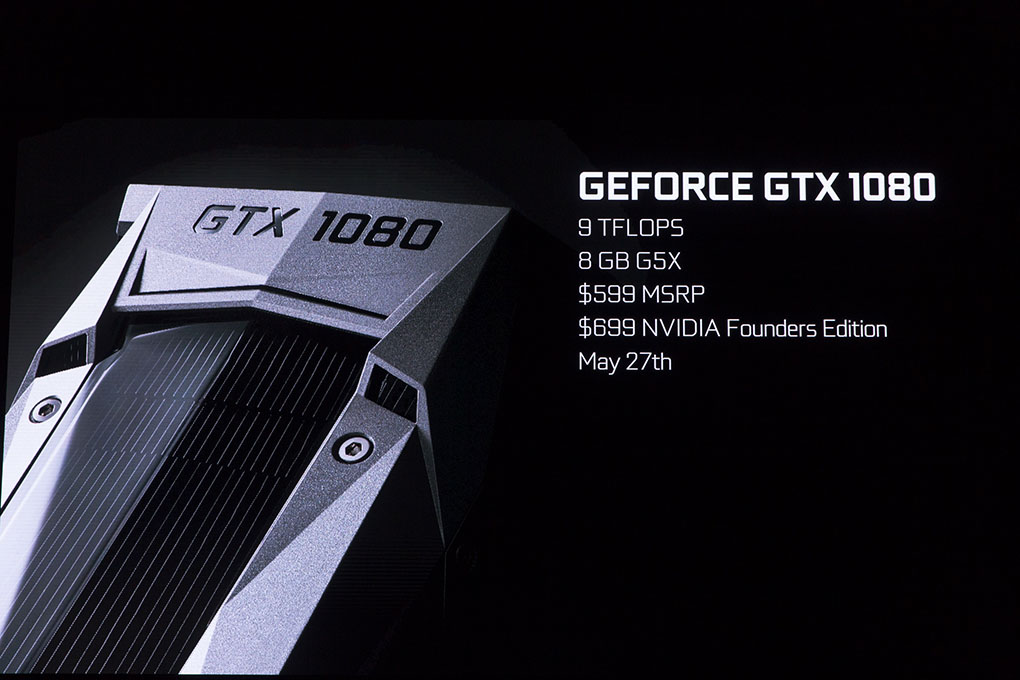
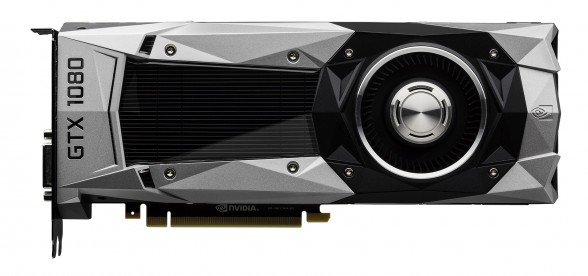
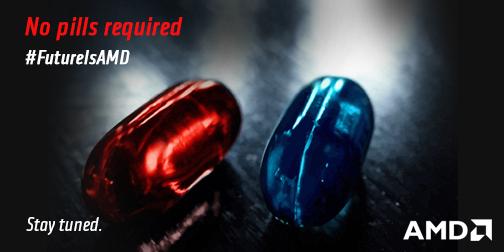
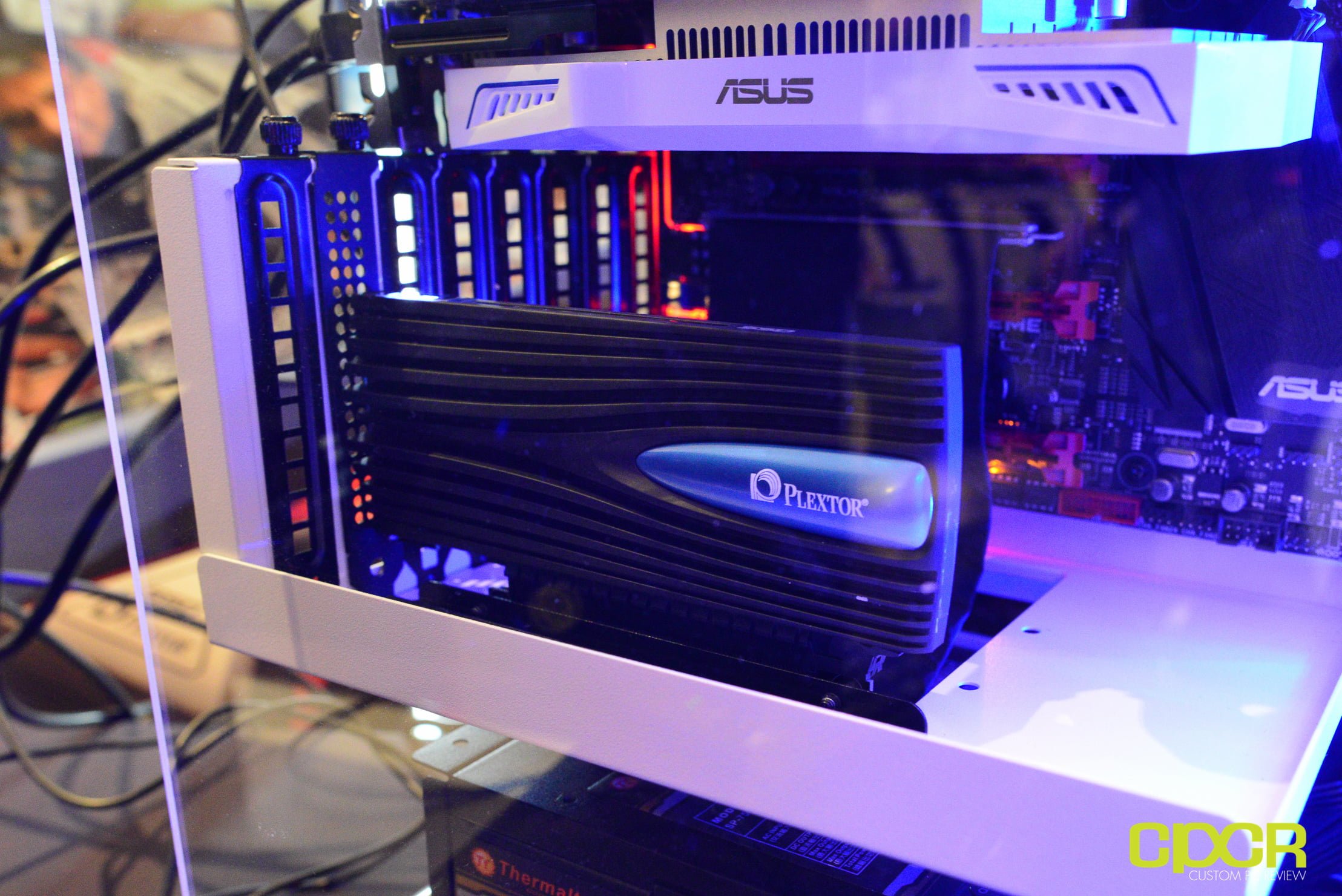
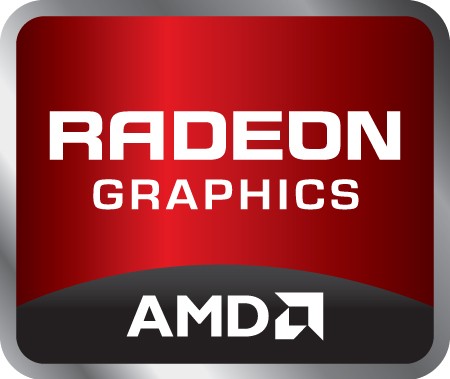

So what was the source for the “additional reporting”? So far, it seems to be a complete circle of one site using another site’s “reporting” as the source. You have any real source, perhaps from NVidia? I don’t mind if this article is true, just it needs to be backed up with reliable info or just marked “rumor”.
This is not a rumor. It is the information which was given by NVIDIA at their announcement event. All of the outlets which were at the event are reporting this exact information. That’s not a rumor, that’s a concensus.